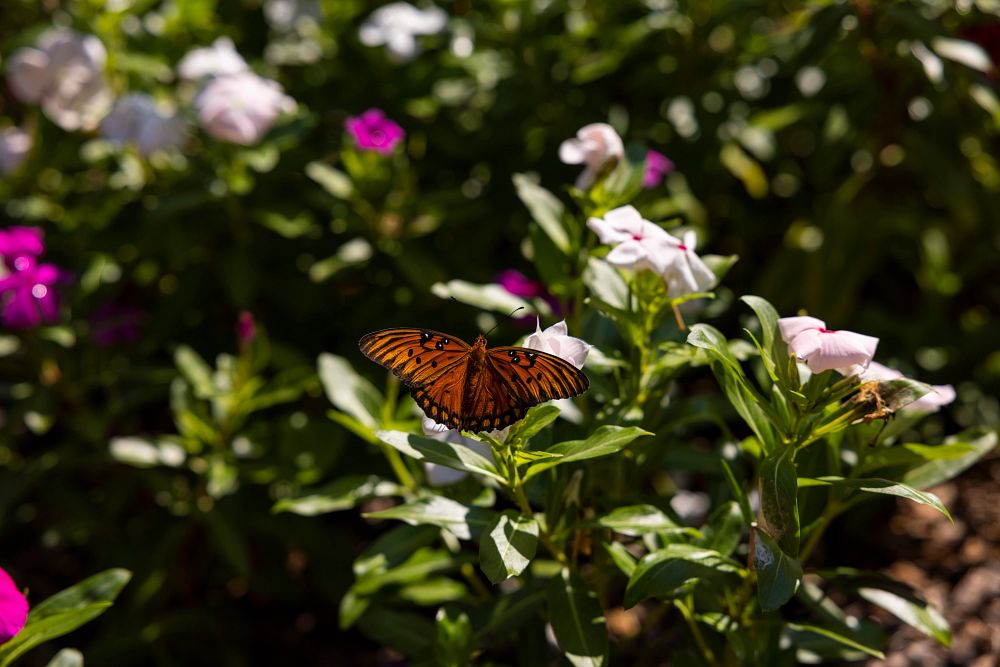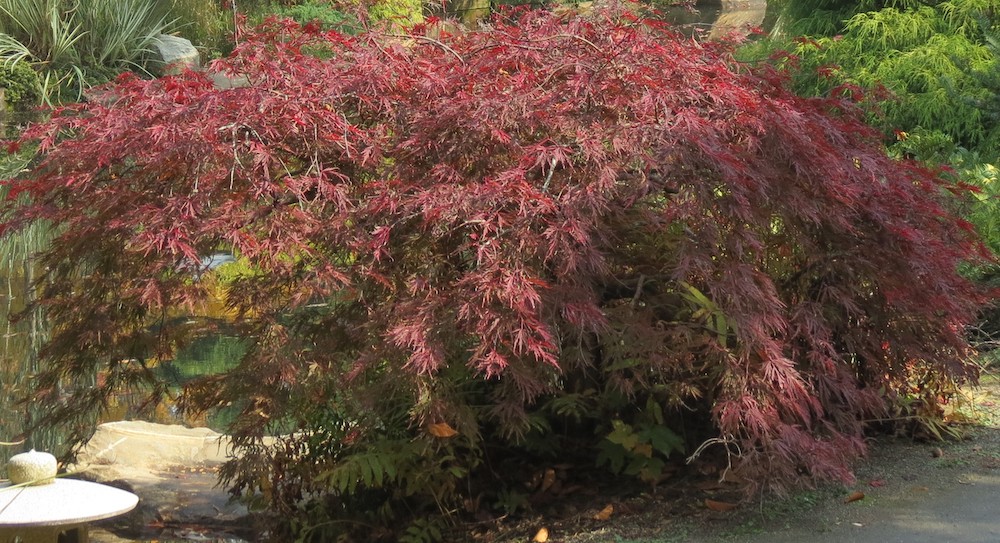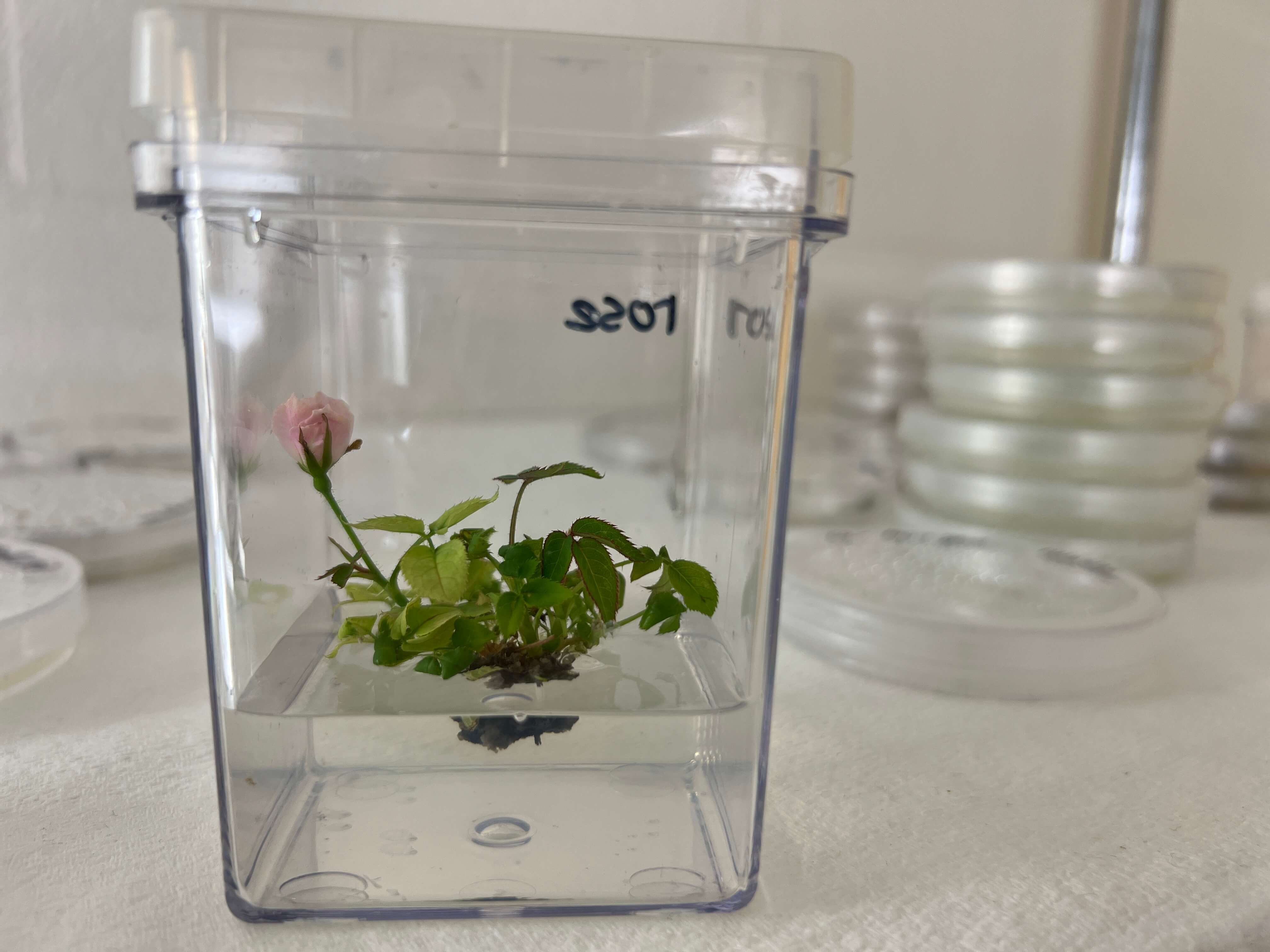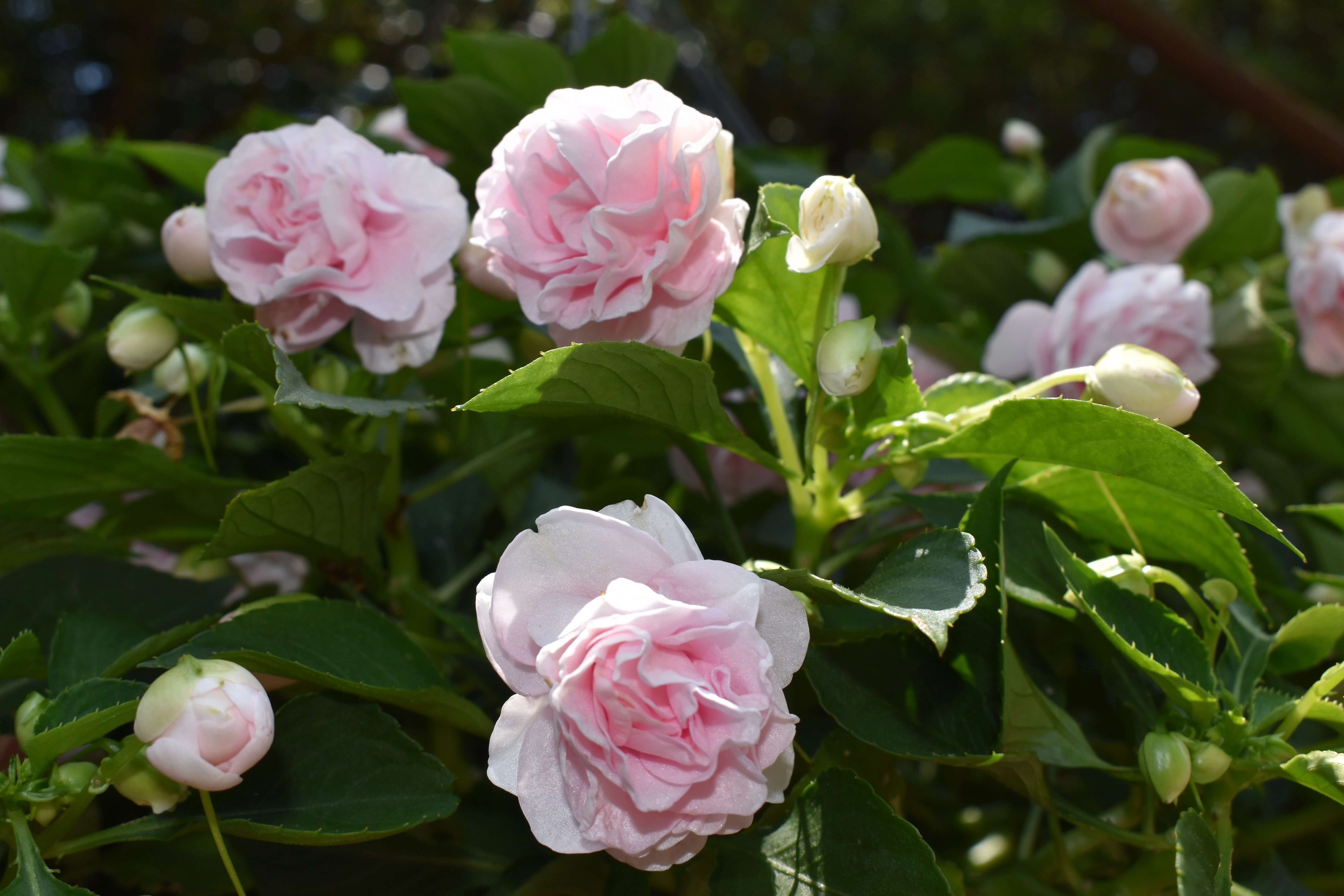The snapdragon is one of the best plants for adding fall color to a landscape, and it thrives through winter until the heat of late spring arrives.
Snapdragons love nighttime temperatures in the low 40s and daytime temperatures in the low 70s. This makes them ideally suited for Georgia’s fall season. The ideal time for planting snapdragons is when temperatures are 60 to 75 degrees during the day and 50 to 55 degrees at night.
Hardy through the winter
Many gardeners don't realize snapdragons are so cold hardy. Once established in the bed and hardened off, they can withstand sub-freezing temperatures. Make sure they stay well watered during cold spells and add a layer of pine straw mulch, and they can last for quite some time.
If record cold temperatures should arrive, cover snapdragons with pine straw for a few days until the chill has passed. When temperatures warm back up in the spring and faster growth begins, give the bed a dilute application of water-soluble 20-20-20 fertilizer.
Snapdragons prefer well-drained, organic-rich beds. Three to 4 inches of organic matter should be tilled into the soil to a depth of 8 to 10 inches. Also work in 2 pounds of a slow release, 12-6-6 fertilizer for every 100 square feet of bed space.
A wide array of color choices
Snapdragons come in a variety of colors including red, yellow, pink, burgundy, bronze, orange, white and multi-colored. For the most effective landscape display, mass the beds in single colors.
Don't forget that as these fragrant spikes grow larger, they become excellent cut flowers, particularly the old-fashioned Rockets. The Sonnet and Liberty varieties grow 18 to 24 inches tall and are my favorites, but the Freesong and the Crown series are gaining recognition.
The Terra Cotta mix in the Crown series may be among the prettiest snapdragons I have ever seen. The colors are rust and orange with a little creamy yellow.
Trailing varieties have really caught on with gardeners for use in the landscape, baskets and mixed containers. The Chandelier and Lampion series have been the most popular, but the new Luminaire series under the Ball FloraPlant label should satisfy a lot of gardeners. As is typical of the large varieties, the trailing types come in several colors.
Miniature varieties have always been popular, in particular the Tahiti, Bells and Floral Showers. These perform well in the landscape but are also super for growing in containers. A new group called Montego is turning heads with its more erect growth habit.
Pair with pansies or ornamental kale
Snapdragons work well in combination with pansies, panolas and ornamental kale or cabbage. Plant them in bold drifts in front of evergreen shrubs to show off their color. Or try planting them close to beds of spring-flowering daffodils.
Snapdragons are not hard to grow. Key things to remember are to deadhead the plants to keep flowers producing and keep water on all fall bedding plants to help them survive times of drought.






.jpg)
